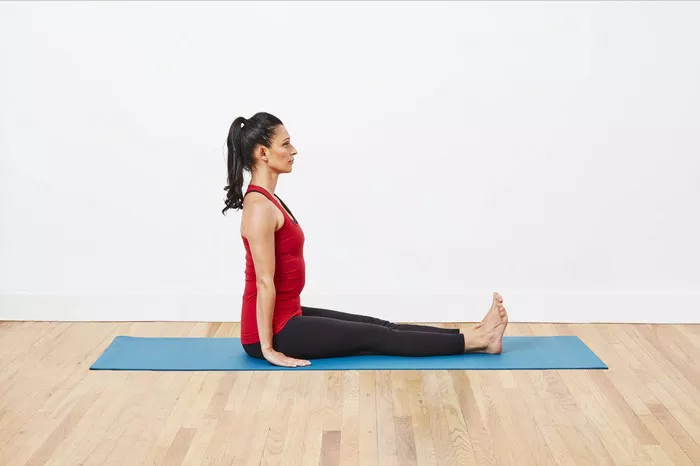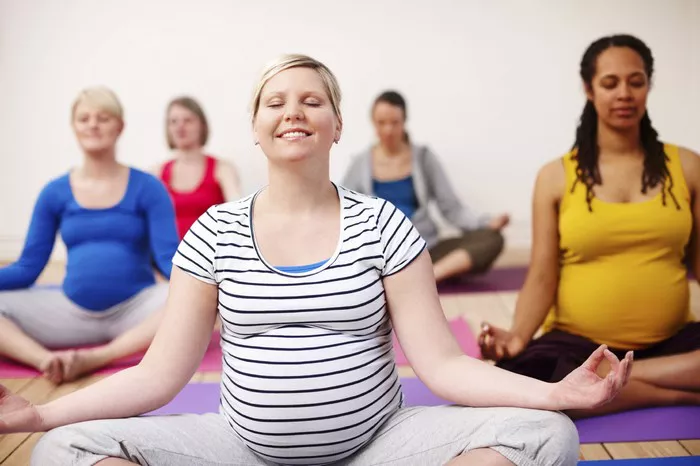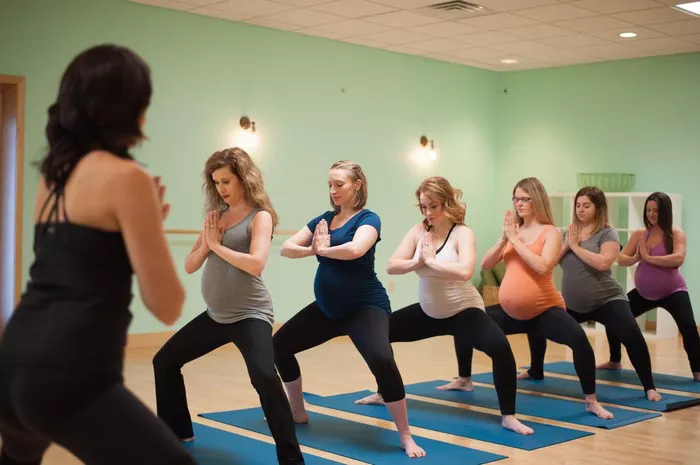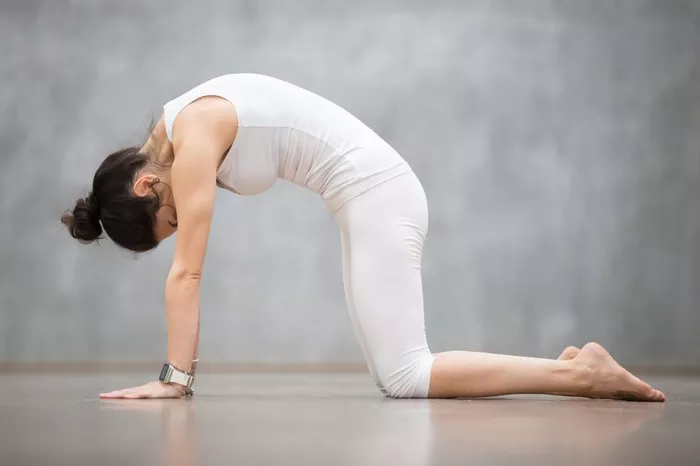Yoga, an ancient practice originating in India, encompasses a myriad of poses designed to promote physical, mental, and spiritual well-being. Among these poses, the Staff Pose, or Dandasana, holds a special place. Rooted in tradition and symbolism, this pose offers a gateway to inner peace and strength. In this comprehensive guide, we delve into the origins, benefits, variations, instructions, and precautions associated with the Staff Pose.
Origins and Symbolism
The Staff Pose, known as Dandasana in Sanskrit, finds its roots in Hatha Yoga, one of the oldest forms of yoga. The term “Danda” translates to “staff” or “stick,” reflecting the straight, upright posture that characterizes this pose. Historically, sages and yogis would sit in this posture for meditation and philosophical discourse, symbolizing stability, strength, and groundedness.
In yogic philosophy, the Staff Pose represents the axis mundi, the central axis that connects heaven and earth. By aligning the spine in a vertical position, practitioners aim to create a sense of balance and harmony within themselves, mirroring the equilibrium found in the cosmos.
Physical and Mental Benefits
The Staff Pose offers a plethora of physical and mental benefits, making it a fundamental posture in yoga practice:
1. Improves Posture: By elongating the spine and engaging the core muscles, Dandasana helps correct postural misalignments, such as slouching or rounding of the shoulders.
2. Strengthens the Back: Holding the spine upright strengthens the muscles along the entire length of the back, including the erector spinae and the muscles supporting the vertebral column.
3. Stretches the Hamstrings: As the legs are extended in front of the body, the hamstrings are gently stretched, promoting flexibility and relieving tension.
4. Calms the Mind: The focus required to maintain the posture encourages a sense of mental calmness and clarity, reducing stress and anxiety.
5. Enhances Concentration: Dandasana cultivates concentration and mindfulness as practitioners tune into the subtle sensations within their bodies, fostering a deeper mind-body connection.
Variations and Modifications
While the Staff Pose may appear simple, variations and modifications cater to practitioners of all levels and abilities, allowing for customization based on individual needs:
1. Supported Staff Pose: Placing a folded blanket or bolster under the sitting bones provides support and elevates the hips, making it more accessible for those with tight hamstrings or lower back issues.
2. Half Staff Pose: Beginners can start by bending one knee and placing the sole of the foot on the inner thigh of the opposite leg, gradually working towards extending both legs fully.
3. Wide-Legged Staff Pose: Opening the legs wider than hip-width apart intensifies the stretch in the inner thighs and groin while maintaining the integrity of the spine.
4. Dynamic Staff Pose: Incorporating movement, such as gently rocking forward and backward or side to side, adds a dynamic element to the pose, enhancing flexibility and range of motion.
5. Arm Variations: Experiment with different arm placements, such as reaching the arms overhead or clasping the hands behind the back, to engage the upper body and shoulders while in Dandasana.
Step-by-Step Instructions
Practice the Staff Pose with mindfulness and awareness, following these step-by-step instructions:
- Begin in a seated position on the mat with your legs extended in front of you and your feet flexed towards the ceiling.
- Place your hands on the mat beside your hips, fingertips pointing towards your feet.
- Ground down through your sitting bones, engaging the muscles of your legs and drawing energy up through the spine.
- Lengthen through the crown of your head, creating space between each vertebrae.
- Keep your shoulders relaxed, away from your ears, and broaden across the collarbones.
- Maintain a soft gaze forward or gently close your eyes, focusing your attention inward.
- Breathe deeply and evenly, allowing the breath to flow freely throughout your entire body.
- Hold the pose for 5-10 breaths, gradually increasing the duration as you become more comfortable.
- To release, exhale as you gently lower your torso towards the mat, coming out of the pose with control.
Precautions and Contraindications
While the Staff Pose offers numerous benefits, it’s essential to practice with caution and respect for your body’s limitations. Consider the following precautions and contraindications:
1. Lower Back Issues: Individuals with chronic lower back pain or injury should approach Dandasana with caution, using props or modifications to alleviate discomfort and prevent further strain.
2. Hamstring Injuries: Those with tight or injured hamstrings should avoid forcing the legs into full extension, opting for modifications that allow for a gentle stretch without exacerbating the injury.
3. Knee Problems: If you experience discomfort in the knees, consider placing a folded blanket or towel under the knees for support, or explore alternative seated postures that place less stress on the knee joints.
4. Pregnancy: Pregnant individuals should practice Dandasana with modifications to accommodate their changing bodies, avoiding deep forward bends and exertion that may compromise the safety of the pregnancy.
5. High Blood Pressure: Those with uncontrolled high blood pressure should approach yoga poses that involve prolonged sitting or intense physical effort with caution, monitoring their blood pressure and consulting with a healthcare professional if necessary.
Conclusion
In conclusion, the Staff Pose, or Dandasana, serves as a foundational posture in the practice of yoga, offering a myriad of physical, mental, and spiritual benefits. By exploring its origins, symbolism, variations, instructions, and precautions, practitioners can deepen their understanding and experience of this empowering pose, unlocking the serenity within.






















